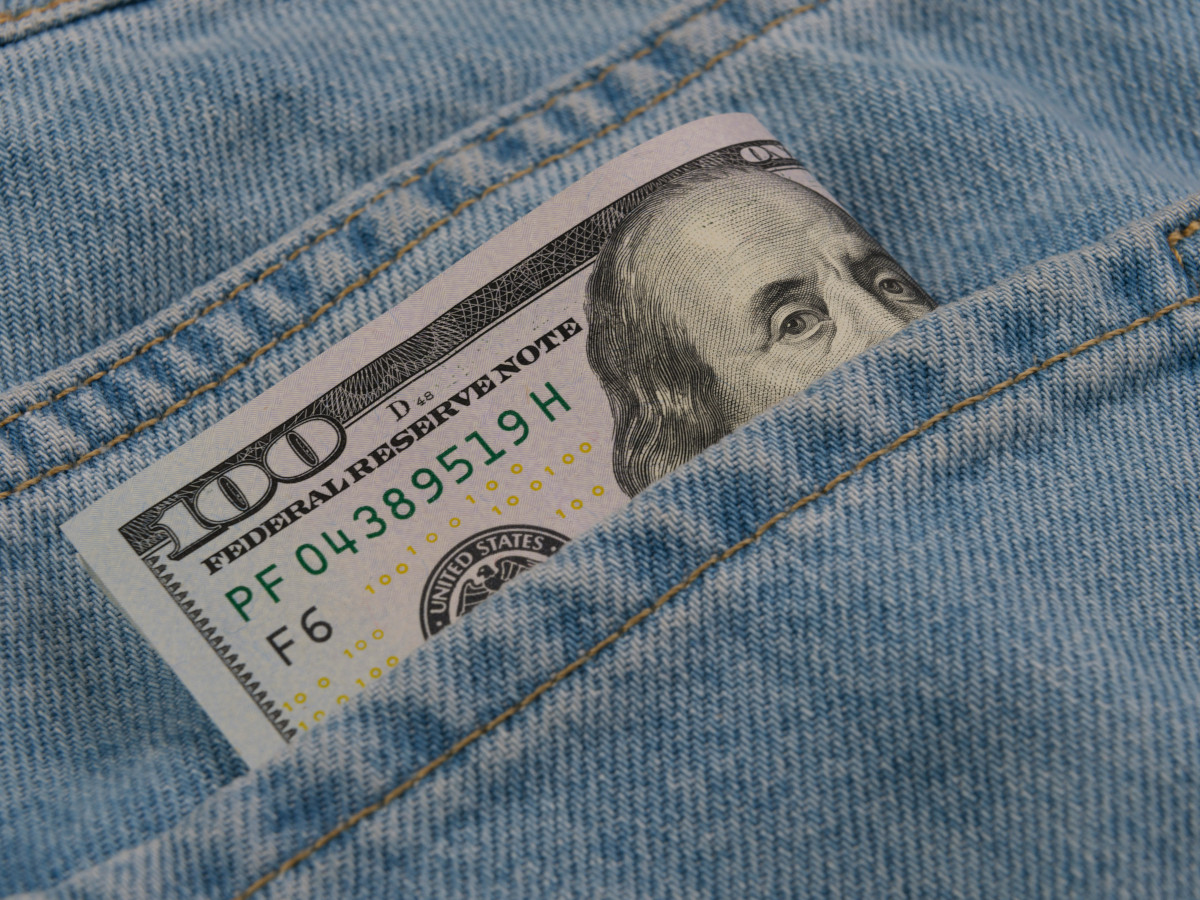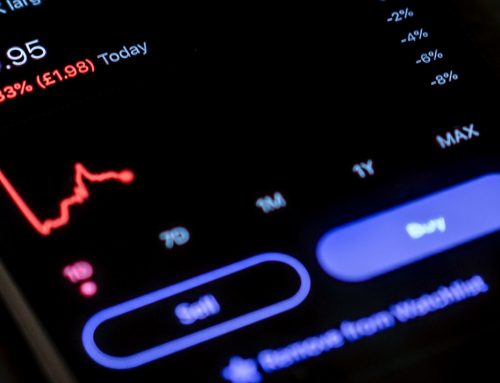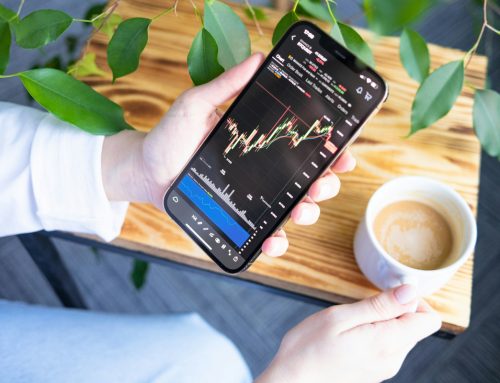From the basic differences between a call vs put to more nuanced strategies like long calls vs covered calls, there are so many different ways to navigate the options trading realm.
But today, we’re going to put two very similar, yet different, strategies side by side: cash secured put vs covered call.
A cash-secured put involves selling a put option while holding enough cash to purchase the underlying stock if the option is exercised, while a covered call involves selling a call option against shares of stock you already own.
While each aims to generate income through options premiums, the degree of ownership is the main distinguishing feature. A cash-secured put can result in acquiring stock, whereas a covered call can lead to selling stock.
Whatever stock investment strategy aligns with your profit goals, market outlook, and risk tolerance, you can count on the VectorVest stock analysis software and OptionsPro integration to guide you through every trade with precision to maximize profits.
What’s a Cash Secured Put?
A cash-secured put is an options trading strategy where an investor sells (writes) a put option while simultaneously setting aside enough cash to purchase the underlying asset if the option is exercised.
This strategy is typically used when you’re willing to buy the underlying stock at a lower price and looking to generate income from the premium received by selling the put.
Let’s take a closer look at how it works. When you sell a put option, you’re giving the buyer the right, but not the obligation, to sell you the underlying stock at a predetermined price (the strike price in options trading) by a specific expiration date.
While the holder of the option isn’t obligated to do anything, you are obligated to buy the shares of stock from them at the strike price should they choose to exercise the contract. In return for this obligation, you’ll earn premium income for the initial sale of the contract.
Now, let’s look at how it could shake out. If the stock’s price stays above the strike price, the option will likely expire worthless, allowing you to keep the premium as profit.
However, if the stock’s price falls below the strike price, the option may be exercised, and you must buy the stock at the strike price. Because you set aside enough cash to cover this potential purchase, this strategy is called “cash-secured.”
The benefits of trading stock options through a cash-secured put strategy is you can earn income through the option premium while potentially acquiring a desired stock at a lower price.
On the other hand, you could get stuck purchasing the stock at a higher price if it rises above the strike price, leading to a loss.
That being said, this strategy is best for investors who are bullish on a stock’s long-term prospects and are comfortable with the possibility of owning the stock if the option is exercised.
What’s a Covered Call?
Now, let’s look at the other half of the cash-secured put vs covered call comparison. What is a covered call? This involves holding a long position in a stock and simultaneously selling a call option on the same stock.
This allows you to generate additional income from the option premium in the same way you would a cash-secured put – only this time, the downside is the opportunity cost of the stock in question rising above the strike price.
Selling a call option gives the buyer the right (again, not the obligation) to purchase the underlying stock at a predetermined strike price within a specific time frame. Holding the stock (hence “covered”) means you can immediately deliver the shares if the option is exercised.
If the stock price remains below the strike price by the option’s expiration date, the option expires worthless, allowing you to keep the premium while still holding the stock. This is the best-case scenario.
But if the stock price rises above the strike price, the buyer may exercise the option, and you’ll be obligated to sell your shares at the strike price, potentially missing out on any gains above that price. You’ll still earn capital gains up to the strike price – but that’s it.
Selling covered calls is a great way to earn supplemental income which can potentially buffer against the downward price movement of a stock you intend to hold long term. It’s great when paired with dividend stocks with low to moderate volatility.
As far as why covered calls are bad, you could get stuck selling your shares at a lower price than market value – which can be tough to stomach, but you don’t end up losing money in this scenario. It’s just an opportunity cost.
Covered Call vs Cash Secured Put: Which Strategy is Right For You?
Hopefully, you have a better understanding of the nuances between a covered call vs cash secured put – but which strategy is right for you? If you’re still on the fence, we’ll provide a more detailed side-by-side comparison of a cash-secured put vs covered call strategy below.
Market Outlook
The first thing you should consider if you’re not sure whether a covered call vs cash-secured put is the right approach is to think about your outlook on the market.
Covered calls are generally more suited for a neutral to slightly bullish market outlook so you can generate income from the premium without having to sell your shares or face downside exposure from stock depreciation.
On the other hand, cash-secured puts are ideal for a neutral to slightly bearish market. You’re agreeing to purchase a stock at a lower price, which can be advantageous if you expect the stock price to drop slightly but not dramatically.
Profit Potential
You can also think about how much profit you want to earn on each trade, as it does vary between a cash-secured put vs covered call.
We talked about how your upside potential is fairly capped with covered calls. You only earn a premium and any capital gains from the stock price rising up to the strike price. But after that, you’re going to be forced to sell the stocks you own without benefiting from supplemental gains.
But, your profit potential is even more limited with cash-secured puts. You only earn income through premium. If the stock stays above the strike price, the option expires worthless – this is the best-case scenario.
It’s worth noting that neither cash-secured puts nor covered calls are going to deliver impressive returns. Both are seen as consistent, steady strategies for supplemental income.
Downside Exposure
When it comes to risk management options trading, covered calls cover minor stock price depreciation through the premium earned. But if the stock in question drops significantly, you’ll still end up taking a loss.
Cash-secured puts offer a different kind of downside exposure, though. If the stock price falls below the strike price, you may end up buying the stock at a price higher than the market value. However, the premium received slightly cushions this potential loss.
That being said, you’re more exposed to downside with a cash-secured put. This means a more risk-averse investor may align with the covered call strategy instead.
Is One Strategy Really Better Than the Other?
So, which is better for you – a covered call vs cash-secured put? Ultimately, that’s something only you can determine. Both have distinct pros and cons.
If you seek consistent income and are willing to cap your upside to mitigate downside, a covered call could be a suitable strategy. We have a detailed guide on selling covered calls for income if you’re ready to take the next steps.
On the other hand, a cash-secured put might be more up your alley if you’re looking to potentially buy stocks at a lower price with the added benefit of earning a premium.
But either way, you should make sure you’re setting yourself up for success when selling options with a calculated, emotionless approach to stock analysis.
VectorVest’s stock advisory is the best stock picker, whether you’re looking for the best stocks for covered calls 2024 or trying to get started building a stock portfolio for retirement. It simplifies your strategy by taking complex technical and fundamental indicators and distilling them into a clear buy, sell, or hold recommendation.
You can pair the best stock analysis app with the OptionsPro integration, which presents you with a variety of tools to make money with options. Learn more and get a free stock analysis today.
Bringing Our Cash Secured Put vs Covered Call Comparison to a Close
In comparing the covered call vs cash-secured put strategies, we hope you’re able to see which you resonate with more. Each has its pros and cons, and both are a great way to earn consistent income while mitigating downside potential.
Covered calls are ideal for generating income in a neutral to slightly bullish market, while cash-secured puts can be beneficial in a neutral to slightly bearish environment. Either way, you need to make sure you have the right tools in your arsenal – and the know-how to execute the strategy.
The best way to learn options trading is right here in our blog. Find additional resources like how do stock options work, what happens when options expire, what it means to exercise stock options, warrants vs options, how are options taxed, IV in options trading, trading futures vs options, covered call ETFs, taxes on covered calls, best stock indicators, and more.
Whether you need the best stock apps for iPhone or the best stock apps for Android, VectorVest can provide the insights and data you need to make informed decisions and optimize your returns.
Get started leveraging our solutions today and experience how much easier investing can be!







Leave A Comment